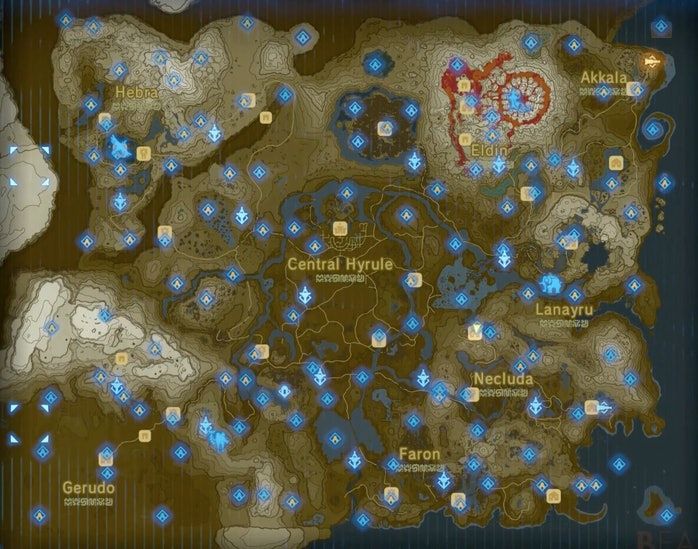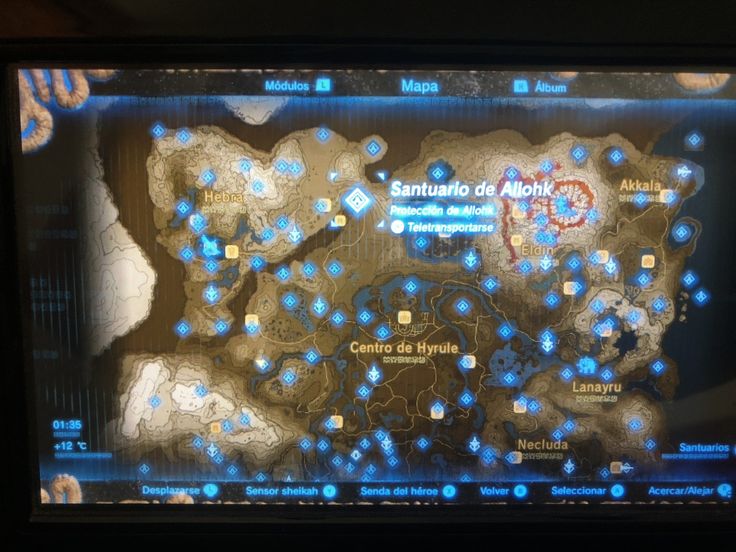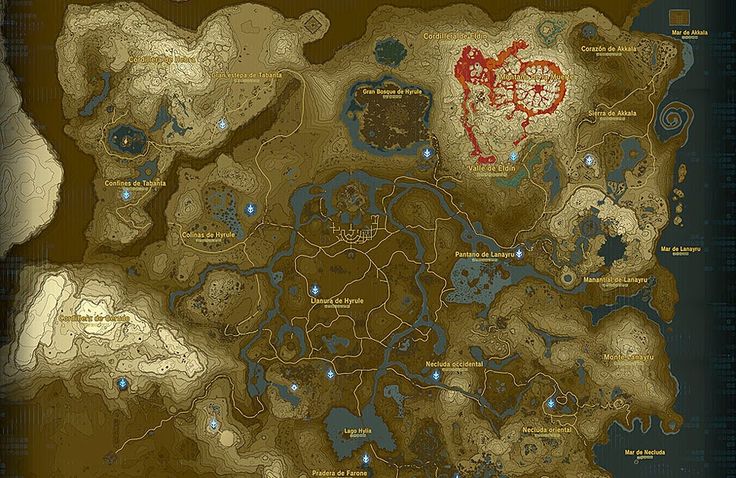Introduction
The Legend of Zelda is a liked video game franchise acknowledged for its rich storytelling, challenging puzzles, and expansive worlds. Central to the enjoyment of gambling any recreation inside the collection is the intricately designed map, which serves as the participant’s manual through the fantastical landscapes of Hyrule and the past. In this complete manual, we delve into the map of The Legend of Zelda, analyzing its layout, landmarks, secrets and techniques, and significance inside the context of the video games.
The Origins of The Legend of Zelda Map
The map of The Legend of Zelda collection has advanced appreciably since the launch of the primary game in 1986. Inspired using the sizeable and immersive worlds of myth literature and mythology, the builders at Nintendo set out to create a cohesive and immersive recreation international that players should discover freely. Over the years, the map of The Legend of Zelda has elevated and evolved with every new installment within the series, growing in complexity and scale to deal with the ever-expanding lore and gameplay mechanics of the franchise.
Design and Layout of the Map
The map of The Legend of Zelda is meticulously designed to offer players an experience of exploration and discovery. It is split into distinct regions, each with its very own precise geography, landmarks, and inhabitants. From lush forests and sprawling plains to towering mountains and ancient ruins, the map of The Legend of Zelda is packed with diverse environments that offer a sense of wonder and adventure. Additionally, the format of the map is cautiously crafted to inspire exploration and reward players for uncovering hidden secrets techniques, and treasures scattered in the course of the world.

Landmarks and Points of Interest
Throughout the map of The Legend of Zelda, players will come across numerous landmarks and factors of interest that function as key places inside the game world. These landmarks can also encompass iconic landmarks which include Hyrule Castle, Death Mountain, and the Temple of Time, as well as lesser-recognized locations along with hidden caves, historical shrines, and mysterious dungeons. Each landmark offers its own set of demanding situations, puzzles, and rewards, providing gamers with a sense of achievement and progression as they journey via the sector of Hyrule.
Exploration and Discovery
Exploration is a primary theme of The Legend of Zelda collection, and the map plays an essential function in facilitating players’ experience of discovery. From the instant they step foot into the sport global, players are encouraged to explore their surroundings, discover hidden secrets, and have interact with NPCs to analyze greater approximately the arena around them. The map serves as a guide for gamers as they navigate through the expansive landscapes of Hyrule, presenting them with an experience of path and purpose as they embark on their epic quest to defeat evil and save the dominion.
Secrets and Easter Eggs
One of the joys of exploring the map of The Legend of Zelda is uncovering hidden secrets and techniques and Easter eggs that are scattered all through the sector. From hidden passages and treasure chests to secret areas and unlockable items, the map is packed with surprises waiting to be found using intrepid adventurers. Some of those secrets may additionally require smart puzzle-fixing abilities or the usage of unique objects or competencies, whilst others may be hidden in simple sight, waiting for gamers to come across them at some stage in their travels.

Interactivity and Immersion
The map of The Legend of Zelda is designed to be interactive and immersive, permitting players to engage with the arena in significant methods. Players can interact with NPCs to study more about the sport internationally, interact in facet quests and mini-video games to earn rewards, and remedy puzzles to liberate new areas and development through the sport. Additionally, the map features dynamic weather and day-night cycles that affect gameplay and create a feel of realism and immersion, similarly improving the player’s experience of exploring the world of Hyrule.
Evolution of the Map Across Installments
As The Legend of Zelda series has advanced over the years, so too has the map that serves as the backdrop for the video games’ adventures. Each new installment in the series introduces new places, landmarks, and gameplay mechanics, increasing the scope and scale of the map to accommodate the developing complexity of the franchise. From the unique eight-bit international of the first sport to the sprawling open-international environments of extra latest titles, the map of The Legend of Zelda keeps to conform and grow, captivating gamers with its wealthy lore and immersive gameplay.
Conclusion
In conclusion, the map of The Legend of Zelda is a fundamental element of the franchise’s identity, serving as the canvas upon which epic adventures spread. From its origins as an easy 8-bit world to its evolution into a sprawling open-global environment, the map of The Legend of Zelda has captivated gamers with its wealthy lore, diverse landscapes, and experience of exploration and discovery. As the series continues to evolve and develop, the map will undoubtedly stay a valuable and loved element of The Legend of Zelda experience, guiding players on their epic quests through the fantastical international of Hyrule and the past.

